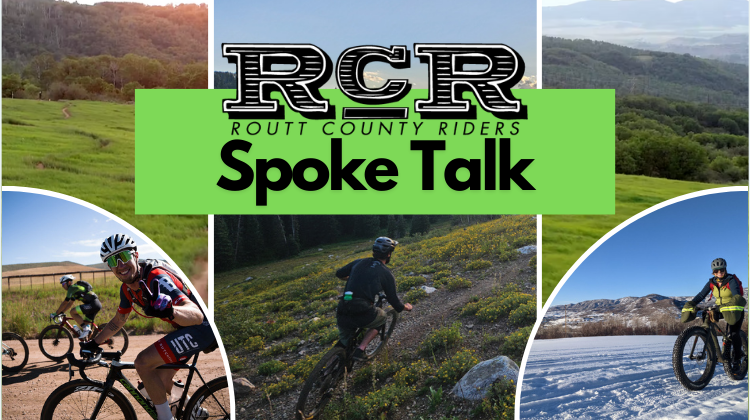
We are riding in mountain biking’s golden hour. Right here and now. You know, that last hour of daylight when everything looks good, feels good, and just seems right. It’s hi-five worthy, and you should be excited about it, too. Modern, aggressive geometry and wheel sizes paired with precision suspension components, simplified drive trains, exotic materials and trickle-down moto technology have turned today’s bikes into trail-slaying machines, both uphill and down.
A term I hear and use often is ‘trail speed,’ meaning the given velocity one reaches upon riding a segment of trail at its full potential, under control. Also, this is typically the speed needed to maximize trail features and create the ever sought after ‘flow.’ Too slow, and the bike’s suspension doesn’t perform, the bike gets hung up on rocks/roots, jumps come up short, etc. Too fast and…well….we all know what happens next. The truth is, today’s bike technology has increased this theoretical trail speed. These bikes handle more speed, more easily. Period. That may be why modern trail design has incorporated sculpted berms and wooden fabrications to aid in keeping the bikes and inherent dirt on-trail, and table top jumps and drops to keep smiles on faces and users coming back to progress their riding skills. Some may consider these foreign objects unsightly and intimidating, but I assure you, they won’t bite without provocation! It’s all part of the plan. Remember when the internet was a scary thing, too?
With that said, let’s shift gears. As trail users atop these rubber-shod marvels, it is our responsibility to be acutely aware of everything in front of and around us. Aside from a handful of directional, user-specific trails, our valley is rich in multi-directional, multi-use trails enjoyed by a wide variety of outdoor enthusiasts, locals and visitors alike. As mountain biking has swelled in popularity and trail speeds have increased, simple math provides that encounters and confrontations would follow suit.
Continuing to bolster our trail infrastructure will help relieve these pressures. We need to look at the gaps in our trail network—more kid-friendly and beginner areas, including a skills facility, as well as more advanced directional, user-specific trails. Diversifying our trail network will reduce user-conflict on the existing trails. For now, let’s directly address how we, as cyclists enjoying and progressing our sport, need to interact with all user groups to create safe, enjoyable experiences for everyone and ensure future development of our local trails.
Be respectful, control your speed, use a bell or “hello” when approaching another user, avoid using headphones so you can hear others, remember who has the right-of-way, and advocate for the types of trails that our network is lacking. Our on-trail behavior as mountain bikers directly influences land managers’ decisions and the public’s opinions during the delicate trail development process (read more about current plans for new trails on Rabbit Ears here). Please, make conscious efforts to improve everyone’s trail experience each time you are on the pedals; we are all out there to have fun and enjoy the beauty of this valley.

Ryan Yeats is a former Board Member of Routt County Riders. Throughout the season he can be found riding the technical lines on Grouse and taking laps at the Bike Park. Routt County Riders advocates to implement positive change for cyclists in Northwest Colorado – join us as a member at routtcountyriders.org/membership

